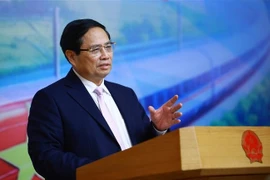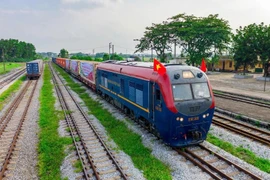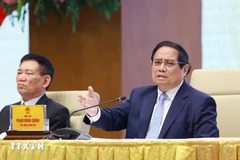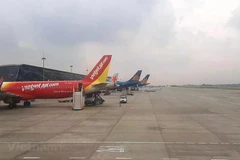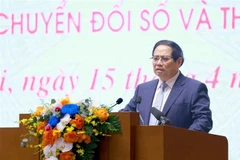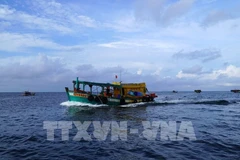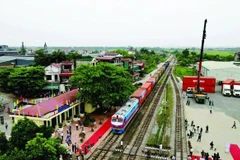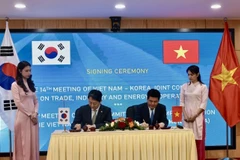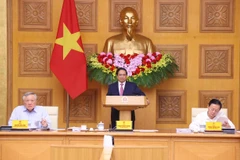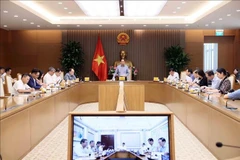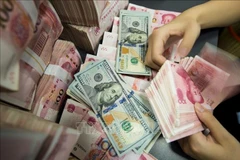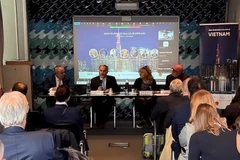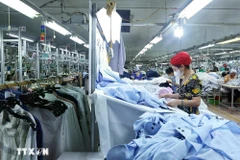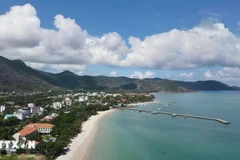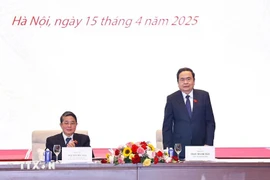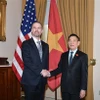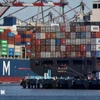Hanoi (VNA) – Vietnam and China have signed seven important cooperation documents in the railway and road sectors, including two intergovernmental treaties, two official development assistance (ODA) agreements between the two governments, and three ministerial-level accords.
The signing took place during General Secretary of the Communist Party of China Central Committee and President of China Xi Jinping’s state visit to Vietnam from April 14–15. Vietnamese Minister of Construction Tran Hong Minh represented Vietnam in signing the documents with Chinese counterparts.
The railway sector was a focal point of the signing ceremony, with four key documents aimed at accelerating the preparation and implementation of transnational railway projects. These include a memorandum of understanding (MoU) between Vietnam’s Ministry of Construction and China’s National Development and Reform Commission to establish a joint Vietnam–China Railway Cooperation Committee to fast-track priority rail projects.
Another document signed was a working minute between the Ministry of Construction and China’s International Development Cooperation Agency (CIDCA), outlining field survey plans and technical support for the feasibility study of the Lao Cai – Hanoi – Hai Phong railway line. Additionally, the two sides exchanged official letters regarding China’s provision of technical assistance for the planning of standard-gauge railway lines, including the Dong Dang - Hanoi and Mong Cai – Ha Long – Hai Phong routes. A separate exchange of official letters affirmed China’s support in preparing a feasibility study for the Lao Cai – Hanoi – Hai Phong standard-gauge railway project, a pivotal document that will facilitate internal procedures and pave the way for early commencement of the project.
In the field of road transportation, three more agreements were inked. These include an intergovernmental agreement on the joint construction of cross-border transport infrastructure at the Thanh Thuy (Vietnam) – Tian Bao (China) international border gate, a protocol simplifying procedures for the cross-border movement of personnel, vehicles, construction equipment, and materials, and a memorandum of understanding on technical road cooperation between Vietnam’s Ministry of Construction and China’s Ministry of Transport.
These road transport agreements are expected to provide a legal framework for Ha Giang province of Vietnam and Yunnan province of China to jointly invest in and implement cross-border infrastructure projects. This is seen as a catalyst for enhancing trade, easing the flow of goods, and responding to the growing demand for cross-border travel between the two provinces and the wider region.
The memorandum on road technical cooperation will also promote collaboration in establishing engineering standards, developing new technologies and materials, and advancing construction and maintenance management practices./.


